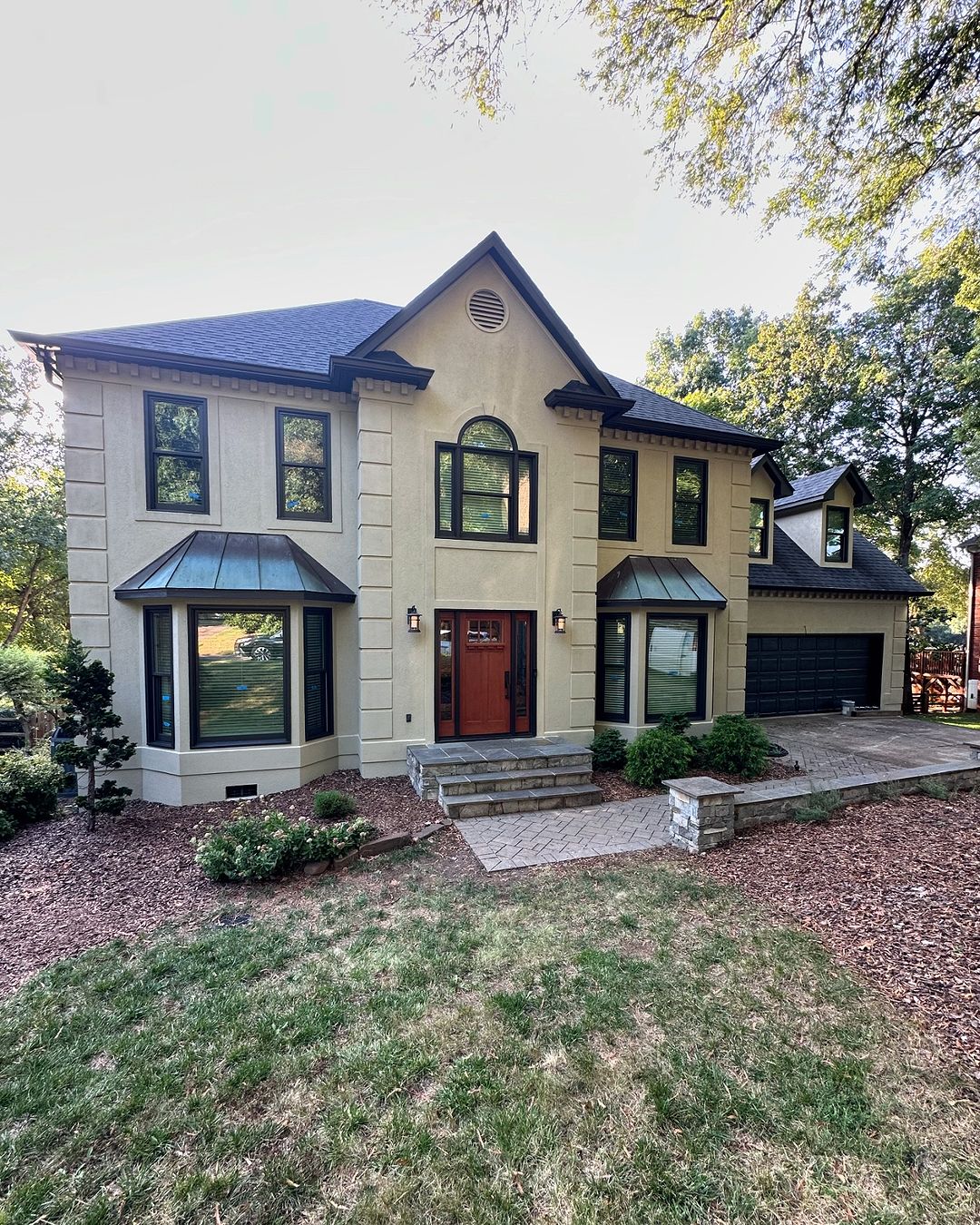
Moving into a new home? I bet it’s exciting. Personalizing a new space is not without some anxieties, though, especially if you’re thinking of going the DIY route. So here are some tips and tricks you can keep in mind as you begin transforming your space.
Plan Ahead
This is true for starting any new project: take out the time to plan. An easy way to do that is to ask yourself such questions:
- Do you have a color scheme in place?
- Do you know the best type of paint sheen?
- How much paint will you need?
- Do you have all the supplies you’ll need at hand?
Don’t Ignore Prep
No paint job can begin before prepping your walls. Experts swear by this for a smooth finish. So start by cleaning the walls or any surface you’re painting to remove the dust, dirt, and grime. You want to fill any holes with the right filler. Sand the walls after this to even the surface, and do not forget to apply painter’s tape to protect your trims, baseboards, and other areas from paint splashes.
Use A Suitable Primer
You should do your research on the best primers for different surfaces. This is great for a long-lasting finish, and you’ll have a fine end result. If the wall is just showing minor issues, choose a water-based primer. If you’re dealing with water or smoke damage, an oil-based primer is more appropriate. The primer helps create a consistent base for the paint, ensuring better adhesion and durability.
Mix Multiple Paint Cans for Consistency
This could get complicated, so watch out. For a uniform look, take a large bucket and mix several cans of paint thoroughly in it. All these cans may be of the same color, but the shades can differ, so it’s best to mix them beforehand for consistency throughout.
Familiarize Yourself With Painting Techniques
Easier said than done, but practice proper painting techniques to avoid streaks and stripes. When using a roller, always keep the open side of the frame facing the previously painted area, as this reduces pressure and the likelihood of leaving paint ridges. Make sure you maintain a wet edge by painting the full height of the wall before moving over slightly to overlap your previous stroke.
Pay Attention to Roller Nap Length
The nap length of your paint roller affects the final texture of your painted surface. But you could be looking for a different finish, so it also depends on that. For a smooth finish, use a nap between ¼ and ½ inch. If you prefer a more textured appearance, opt for a ¾-inch nap.
Paint in a Logical Order
The interior is a tough game. You can’t risk doing a bad job here. Go with a systematic approach. Begin with the trim, as it’s easier to tape off than the walls. Next, paint the ceiling, followed by the walls. This way, you can cover any paint splatters or imperfections as you get closer to completion.
Be Patient with Painter’s Tape Removal
After the paint has dried for at least 24 hours, carefully remove the painter’s tape to avoid an uneven finish. Use a box cutter or utility knife to slice through the dried paint film before gently peeling the tape away.
Cleanup and Storage
Store your paint and tools properly for future touch-ups or projects. If using latex paint, you can wrap your rollers and brushes in plastic or foil and place them in the refrigerator until you need them again. This method saves time and water, as you won’t need to wash your tools between uses.
Looking for painting services for your residential or commercial property in Charlotte, NC, or nearby areas? Check out Ukie Painting. We have a 5-star rating on Google and Houzz for excellent customer service and quality work. The company provides an array of services, including interior and exterior painting, cabinet restoration, popcorn ceiling elimination, wallpaper removal, and drywall repair, among others.




